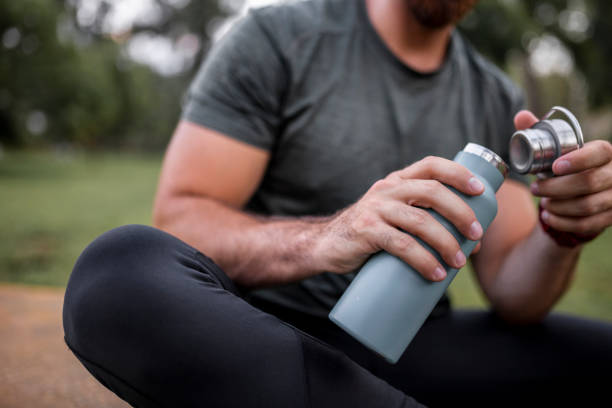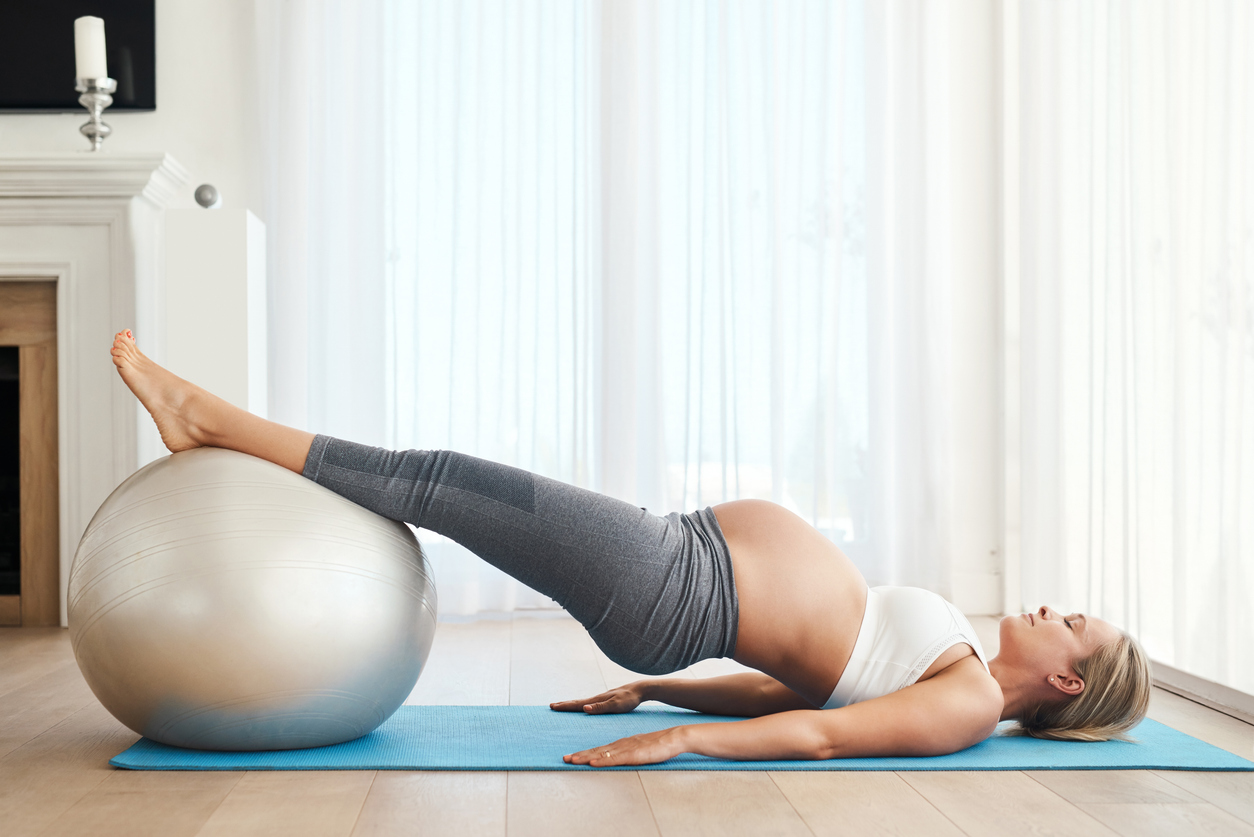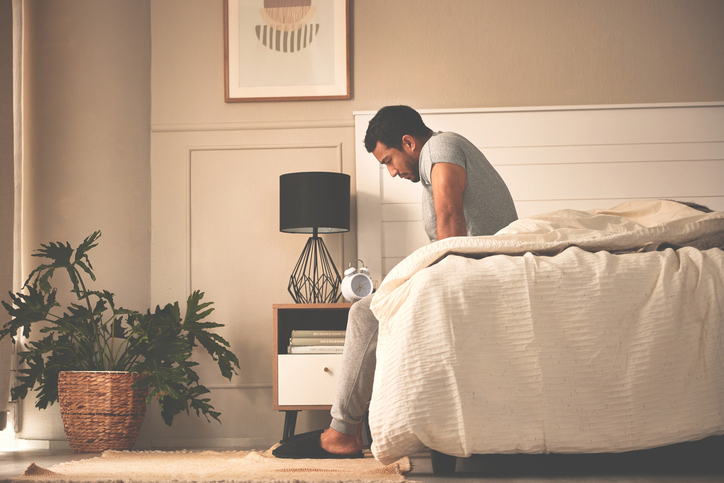Understanding Daily Wellness: What It Is and Why It Matters
Daily wellness isn’t about hitting the gym hard every day or eating only salads. It’s about finding balance in your life. Think about making choices every day that feel good for both your body and mind. Why does this matter? Because living well helps you feel better not just physically, but emotionally and mentally, too. When you focus on wellness, you’re more likely to reduce stress, boost your mood, and improve your overall health. It’s not just about avoiding illness; it’s about thriving. Whether it’s choosing to go for a short walk, making time for a hobby you love, or even ensuring you’re drinking enough water, every little action counts. This approach to life can lead to long-lasting benefits, like more energy, better focus, and a happier outlook on life. Remember, daily wellness is a personal journey and looks different for everyone. There’s no one-size-fits-all, but the goal is the same: feeling your best every day.
The Impact of Lifestyle Choices on Daily Wellness
Your daily choices majorly shape your wellness journey. Think about it – what you eat, how much you move, the amount of sleep you get, and even your social interactions play huge roles in your overall health. Eating nutritious meals fuels your body, while junk food does the opposite. Regular exercise keeps you fit and boosts your mood. And let’s not forget, a good night’s sleep is non-negotiable for your body to heal and recharge. Surrounding yourself with positive people also impacts your mental health. All these choices add up, influencing your energy levels, mental clarity, and how good you feel day-to-day. Making conscious decisions about your lifestyle can be a game-changer for your wellness narrative.
Initial Steps to Incorporate Wellness into Your Daily Routine
Starting your journey to wellness doesn’t have to be complicated. Kick things off by setting small, achievable goals. Maybe you aim to drink more water or take a 10-minute walk every day. Why not try waking up 15 minutes earlier to enjoy a calm morning? It’s about making simple changes. Next, listen to what your body needs. Feeling stiff? Stretch it out. Tired? Maybe you need to hit the sack earlier. Your body knows best. Also, don’t forget to fuel your body right. Swap out a bag of chips for a piece of fruit or a handful of nuts. Simple, healthier choices make a huge difference. Finally, reserve some quiet time for yourself. Could be reading, meditating, or just sitting in silence. This is essential in creating a balanced life. Remember, wellness is a personal journey, and starting small can lead you to bigger changes. Stick with it, and you’ll see the difference.
Nutrition and Hydration: Key Components of Daily Wellness
Eating right and drinking enough water are like the foundation of a house when it comes to wellness. Think of your body as the house that needs strong bricks (nutrients) and cement (water) to stay sturdy. Starting with nutrition, it’s not about eating less but eating smart. You need a mix of proteins, fats, and carbs. Picture your plate filled with colorful veggies, lean meats or beans for protein, and a small portion of whole grains. This balance keeps your engine running smoothly. Now, let’s talk hydration. Our bodies are mostly water, and staying hydrated is non-negotiable. Don’t wait until you’re thirsty; keep a water bottle handy and sip throughout the day. It’s simple: your body works better when it’s hydrated. Eating well and drinking plenty of water are key daily moves for your wellness playbook. Keep it balanced, and your body will thank you.

The Role of Physical Activity in Enhancing Daily Wellness
Getting moving is key to boosting your daily wellness. It’s not just about losing weight or building muscle; physical activity keeps your heart healthy, improves your mood, and can even help you sleep better at night. Aim for at least 30 minutes of moderate exercise most days of the week. This doesn’t mean you need to hit the gym hard. Simple actions like walking, cycling, or even dancing in your living room count. The idea is to get your heart rate up and keep your body moving. Regular physical activity also reduces the risk of chronic diseases such as diabetes and high blood pressure. Plus, it’s a fantastic stress reliever. Start small if you’re not used to exercise and gradually increase your activity level. Your body and mind will thank you.
Stress Management Techniques for Better Daily Wellness
Stress can sneak up on you, no matter how organized your day might seem. Managing it doesn’t need to be complex. Here’s the straightforward scoop: exercise and mindfulness are your best bets. Exercise, even a quick walk, pumps up your endorphins, making you feel instantly better. Mindfulness, like meditation or deep breathing, calms your brain down, giving you a break from the chaos. Try sneaking in a 10-minute walk during your lunch break or doing a 5-minute meditation session in the morning. Simple, right? Remember, tackling stress is about regular small steps. Stick with these tactics, and you’ll notice a smoother sail through your daily wellness journey.
Importance of Quality Sleep in a Daily Wellness Routine
Good sleep isn’t just nice to have; it’s a big deal for your well-being. Think about it this way: when you sleep well, your body repairs itself. Your brain sorts through the day’s information, and you wake up ready to tackle whatever comes next. People often brush off sleep, pushing it aside for Netflix binges or late-night scrolling. But here’s the thing, without quality sleep, your daily wellness routine is like trying to fill a leaky bucket. You can exercise and eat your greens, but if you’re skimping on sleep, you’re not getting the full benefits. Adults need around 7-9 hours of good sleep each night to function best. It’s not just about the hours though; it’s the quality of sleep that counts. Ensuring your bedroom is a calm, quiet, and dark space can drastically improve the quality of your sleep. And remember, caffeine and screens before bedtime are sleep’s worst enemies. Letting your body wind down naturally improves sleep quality, making you more alert and energized during the day. So, make sleep a non-negotiable part of your wellness routine. Your body and mind will thank you.
Incorporating Mindfulness and Meditation for Mental Wellness
Mindfulness and meditation are like secret weapons for mental wellness. Think of them as tools you can use anytime to calm your stormy mind. Getting started doesn’t require any special gear or a gym membership, just a few minutes of your day. Here’s the deal: mindfulness is all about living in the now. Instead of worrying about tomorrow’s to-do list or regretting yesterday’s mistakes, focus on the present moment. Simple, right? Meditation takes it a step further. It’s about sitting quietly and letting your thoughts pass without getting caught up in them. Imagine sitting by a river and watching leaves float by – that’s meditation with your thoughts. Here’s how you can make them part of your daily routine:
- Start small. Just a few minutes a day can make a difference.
- Find a quiet spot. It could be a corner in your room, a park bench, or anywhere you feel at ease.
- Remember, there’s no ‘right’ way to do it. If sitting still is hard, try a walking meditation.
- Use an app. Plenty of apps offer guided meditations for beginners.
Give it a shot. Over time, you might just find your mind becoming a calmer, more peaceful place.
Strategies to Maintain Daily Wellness in a Busy Schedule
In a world that never hits pause, finding time for daily wellness can seem like a puzzle. But it doesn’t have to be complicated. Here are straightforward strategies to fit wellness into your bustling schedule. First up, weave physical activity into your day. Think quick exercises in the morning, take the stairs, or a brisk walk during lunch. You don’t need hours, just consistent, short bursts to keep the body moving. Next, prioritize sleep. Aim for 7 to 9 hours. Yes, Netflix can wait. Sleep is non-negotiable for mental and physical recharge. Nutrition is key. Swap out junk food for healthy snacks like fruits, nuts, or yogurt. It’s not about a drastic diet overhaul, just smarter, simple choices. Remember hydration. Drinking enough water boosts energy and brain function. Carry a water bottle to make sipping easy throughout the day. Lastly, carve out moments for mental wellness. This could be a 5-minute meditation in the morning or jotting down things you’re grateful for at night. It’s about finding pockets of peace in the chaos. These steps don’t demand huge chunks of time, just a commitment to integrate wellness daily. Stick with it, and watch your overall health improve.

Evaluating Your Progress and Adjusting Your Wellness Plan
After you’ve been following your wellness plan for a while, it’s crucial to stop and see how things are going. Are you feeling better? Do your goals still make sense? It’s like checking a map during a road trip. If you’re not on the right path, it’s time to figure out why and make some changes. Start by looking at your achievements, no matter how small. Celebrate those wins! If there’s something that’s not working, don’t beat yourself up. Instead, ask yourself why it’s not going well. Is it too hard? Are you not enjoying it? Find out the root cause and tweak your plan. Maybe your goal was to meditate for 30 minutes a day, but you’re struggling to find time. How about cutting it down to 10 minutes? Or, if running isn’t your thing, try a different type of exercise. The key is to be flexible and adapt. Wellness is a personal journey, and what works for someone else might not work for you. Keep checking in with yourself and adjusting as needed. There’s no shame in changing your plan. The goal is to find what makes you feel good and what fits into your life. Stay the course, but don’t be afraid to shift directions when necessary.










